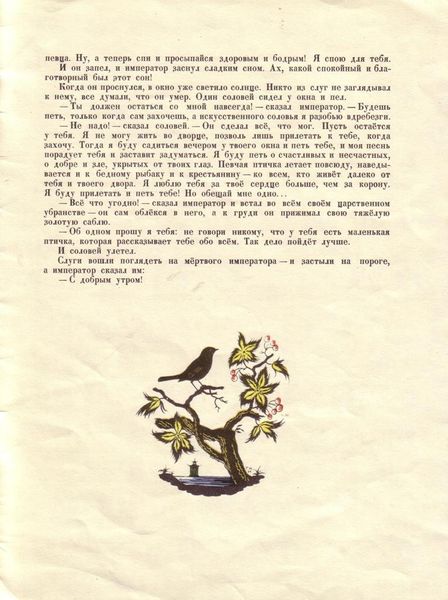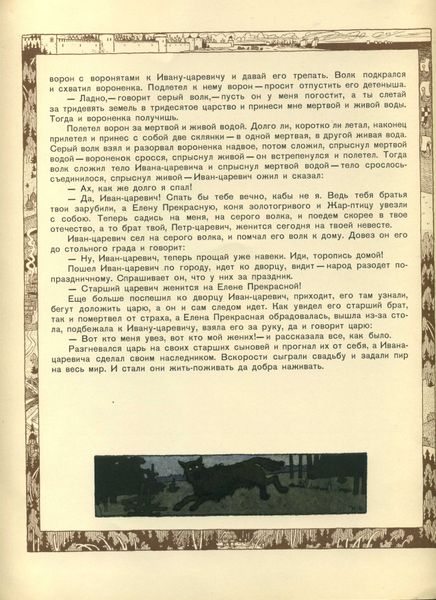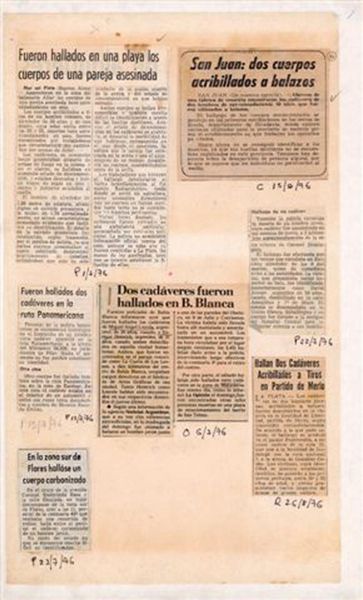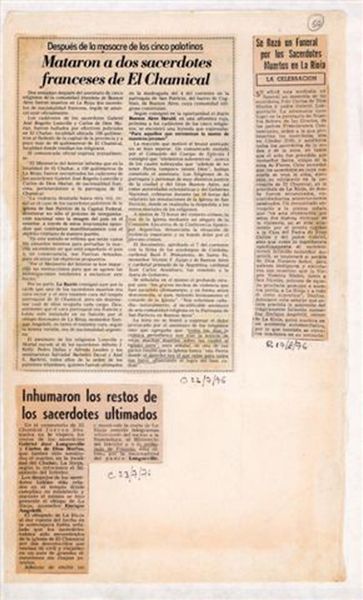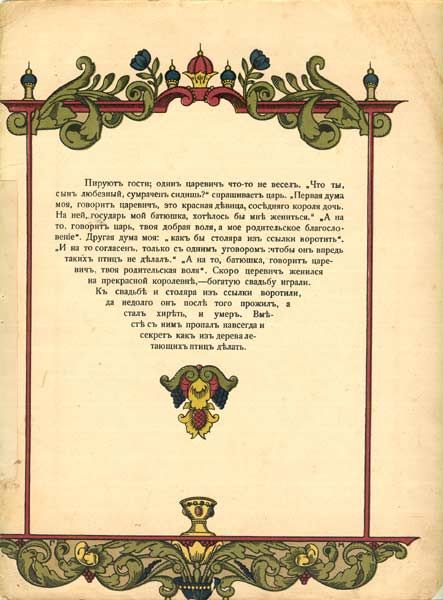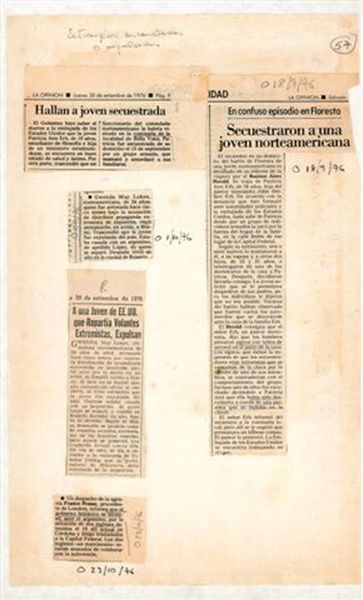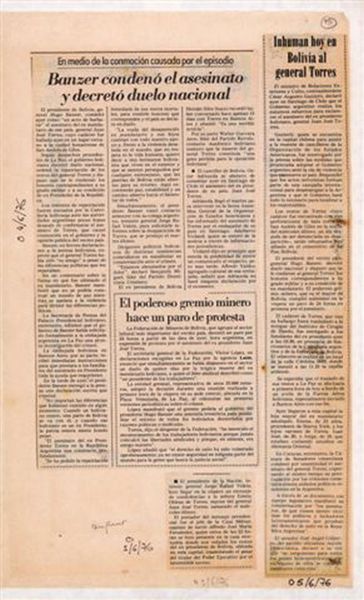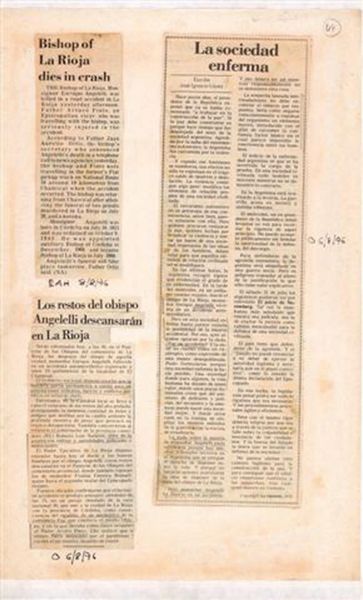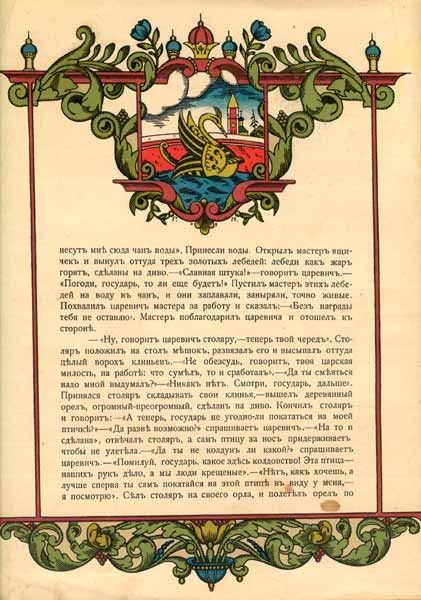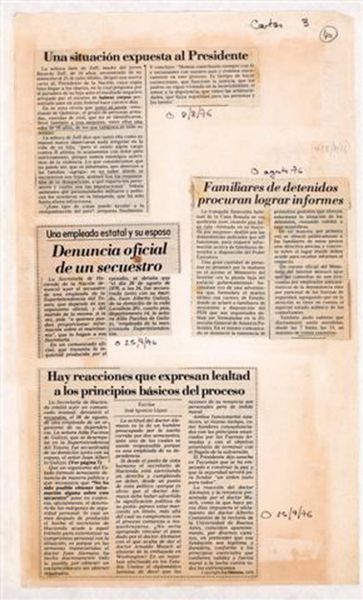
Copyright: Public domain
Curator: Here we have an illustration, from 1912, by the Ukrainian artist Heorhiy Narbut, crafted as an illustration for Hans Christian Andersen’s tale, ‘The Nightingale.’ What leaps out at you? Editor: It’s like a delicate frieze, or a dance across the top of the page. Such charmingly awkward silhouettes – they give off a whimsical and slightly mournful vibe. Curator: Indeed, Narbut's style here shows a distinct interest in Asian art forms, perhaps even a nod to the Japanese Ukiyo-e tradition with its emphasis on line and form, particularly visible in the characters at the top. He's using the figures more like symbolic stamps in this drawing, if you look closely at each individual’s placement. Editor: Stamps? Interesting. It reads to me as this sort of tableau, but each form stands out—isolated, each shape outlined boldly in comparison to other narrative drawings I've come across. Is this something common with Asian illustrations from the same era? Curator: The deliberate isolation may stem from Narbut’s inclination towards graphic design, really letting the silhouettes command presence. This piece blends literary illustration with symbolic representation. Think of it as his response to narrative rather than just a visual depiction. It may allude to the Nightingale tale itself—the beauty and importance of what we disregard at times. Editor: I can certainly appreciate that interpretation. With its careful arrangement of the composition—even if, at first glance, you’re drawn more into the bold graphic style that pulls one across the top. It brings to the forefront that story telling often surpasses words on paper. Curator: Right, that synthesis of storytelling with artistry, using a range of prints, drawing, and paper materials really underscores a crucial lesson. As Andersen presented it, we do not notice a gift of nature until something lures us out of the dark to experience it.
Comments
No comments
Be the first to comment and join the conversation on the ultimate creative platform.
